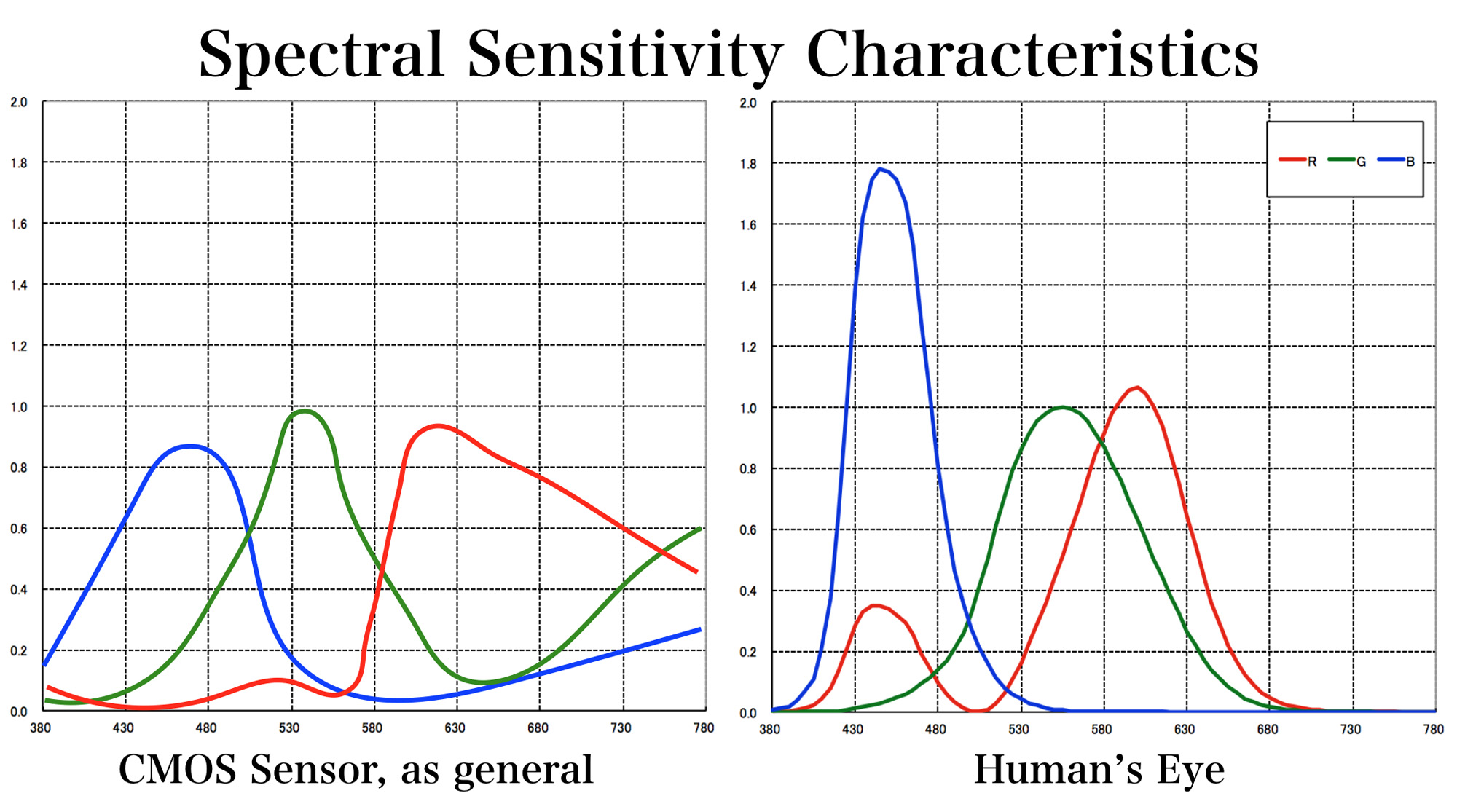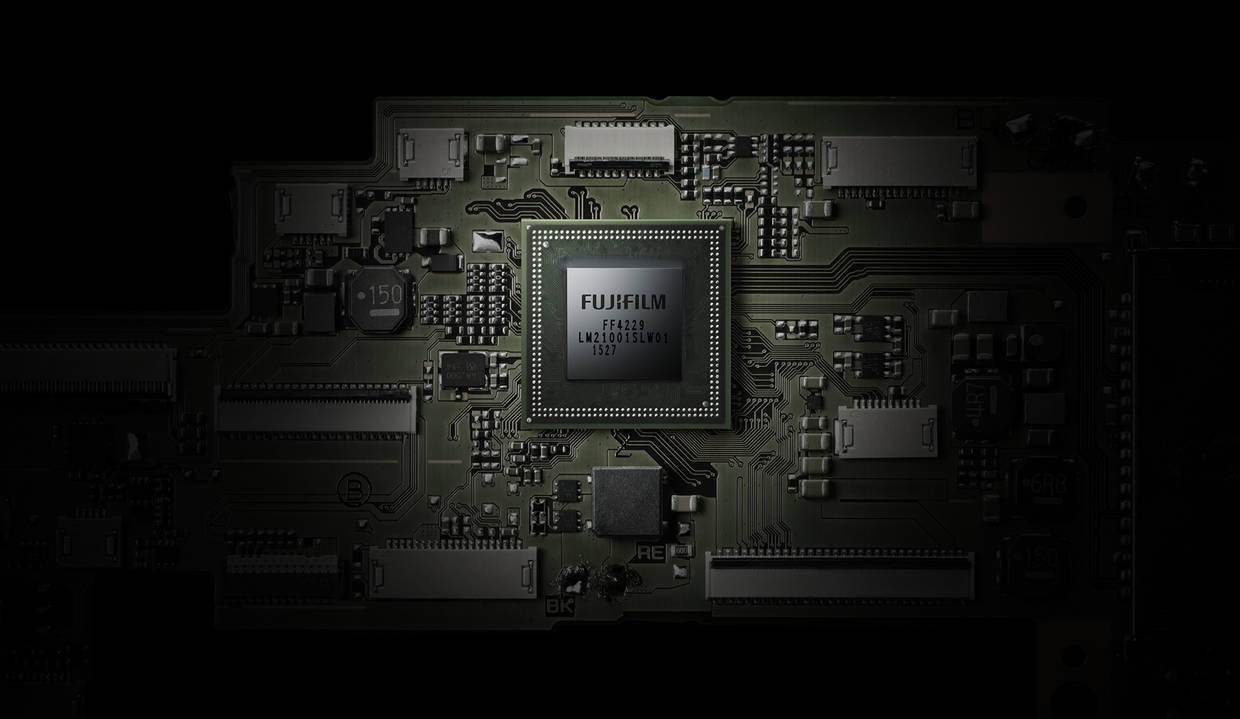
Film Simulation, Revolution by Continuous Evolution
The new Film Simulation “ACROS” has a good reputation, a real good one. We’ve heard people say they would buy the camera just for ACROS alone. We are flattered to hear such comment, but X-Pro2 is too good of a camera to only take monochrome pictures. There are also PROVIA and Velvia in addition to ACROS and B&W. Let’s also not forget about ASTIA, PRO Neg. Hi, PRO Neg. Std. and everyone’s favorite CLASSIC CHROME. These color film simulations also have evolved with the X-Pro2.
One of the evolution is the toughness against color supersaturation. All color film simulations saw improvement in the regard, and it is particularly noticeable in Velvia. That vivid Velvia color is still maintained, but the change in color is more expressive with the new algorithm. You can say that it has more “depth”.
As many users have pointed out, the the file size of an image has gotten bigger with the X-Pro2. In addition to increased number of pixels, there is a change in the JPEG compression ratio. (The JPEG compression ratio has changed since X100T) But these are not the only factors for the “added depth”. The image processing for JPEG has seen a change.
The signals from the sensor (RAW data) without any processing is not a “Photo” just yet. RAW data certainly have enormous information; containing both needed and unneeded elements for the “human eye” and “photograph”.
The chart below shows the spectral sensitivity characteristics of a typical CMOS sensor and human eye. You can see that they are quite different. What the sensor captures from the scenery is different from what the human eye sees in front of them. “Image design” is a work of converting the raw signal while understanding the difference of the spectral sensitivity. This is the reason for the image quality difference even when the images are derived from the same RAW data.
Let’s not get too technical, but here is a little more information.
The image designing and its algorithm for the X-Pro2 use a new method for converting the raw signals. To create an image, it picks up signals that were not previously picked up. The camera got “better” at extracting information from the raw signals. So as a result, it can express more detail without supersaturation. It extracts only the needed elements for the “human eye” and “photograph” so it doesn’t affect the image quality.
But we need to balance out the image processing and the processor capability. We wanted to do the same processing for X-T1 and X-Pro1, but the algorithm was too complex that the previous processor was not powerful enough. We could not implement the image processing up until now.
Maybe we could have installed it. But that would be with the compromise on the unrealistic processing time. You would have to wait several seconds before you can take another. Another compromise would be that the images are no longer “What you see is what you get”. Either way, we would not allow such camera.
Why? Because the image designing for a mirrorless camera like X-Pro2 is not only for the final image file, but also for the images on the EVF and the LCD. If the film simulation is set to Velvia, then we have to show the world of Velvia in real time. EVF has to be that “What you see is what you get”.
To be clear, the vision of ideal color reproduction for FUJIFILM remains the same. It’s just that devices have evolved, processor has evolved, and the algorithm has evolved. We are just getting closer to the “Ideal vision”.
According to the image designing team, there are still hundreds of things to do to reach the ideal vision. We cannot say just yet what evolution will allow the vision to come true, but we are looking forward to it.

















































